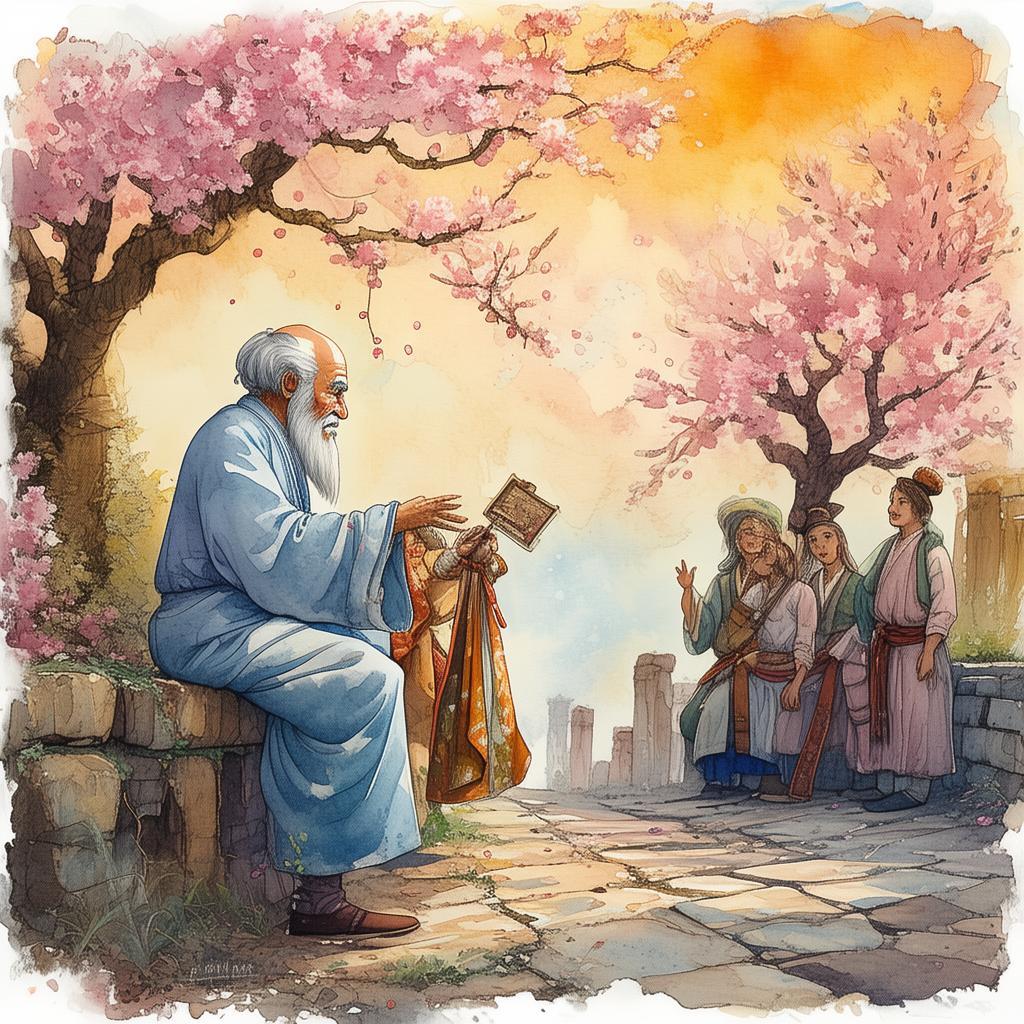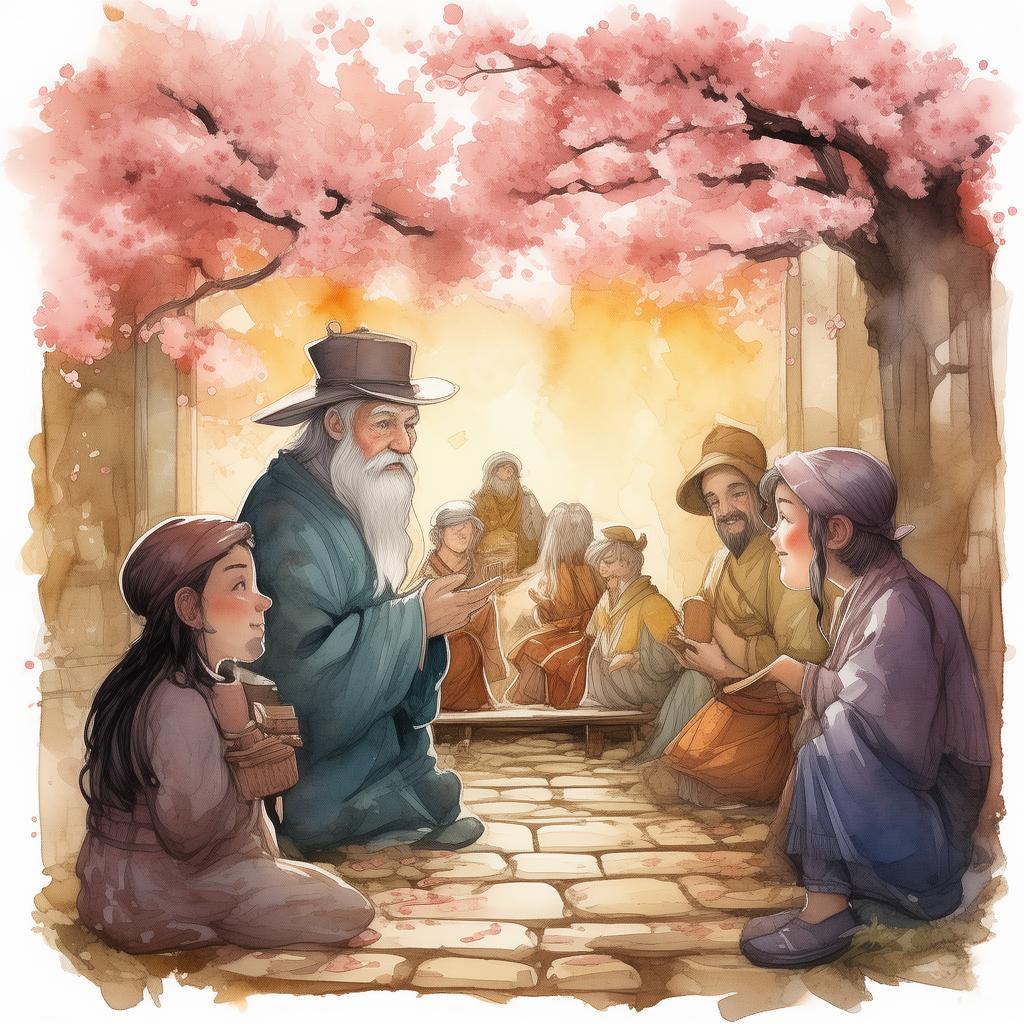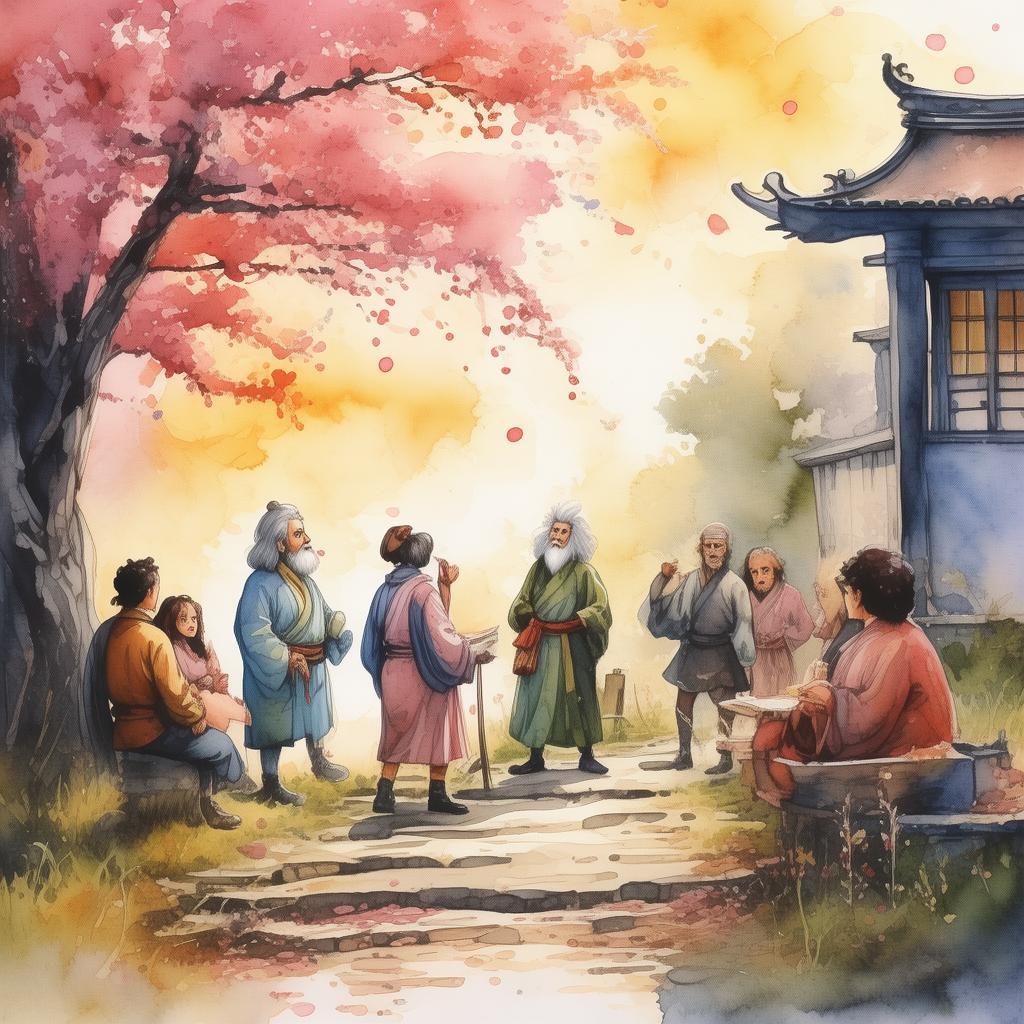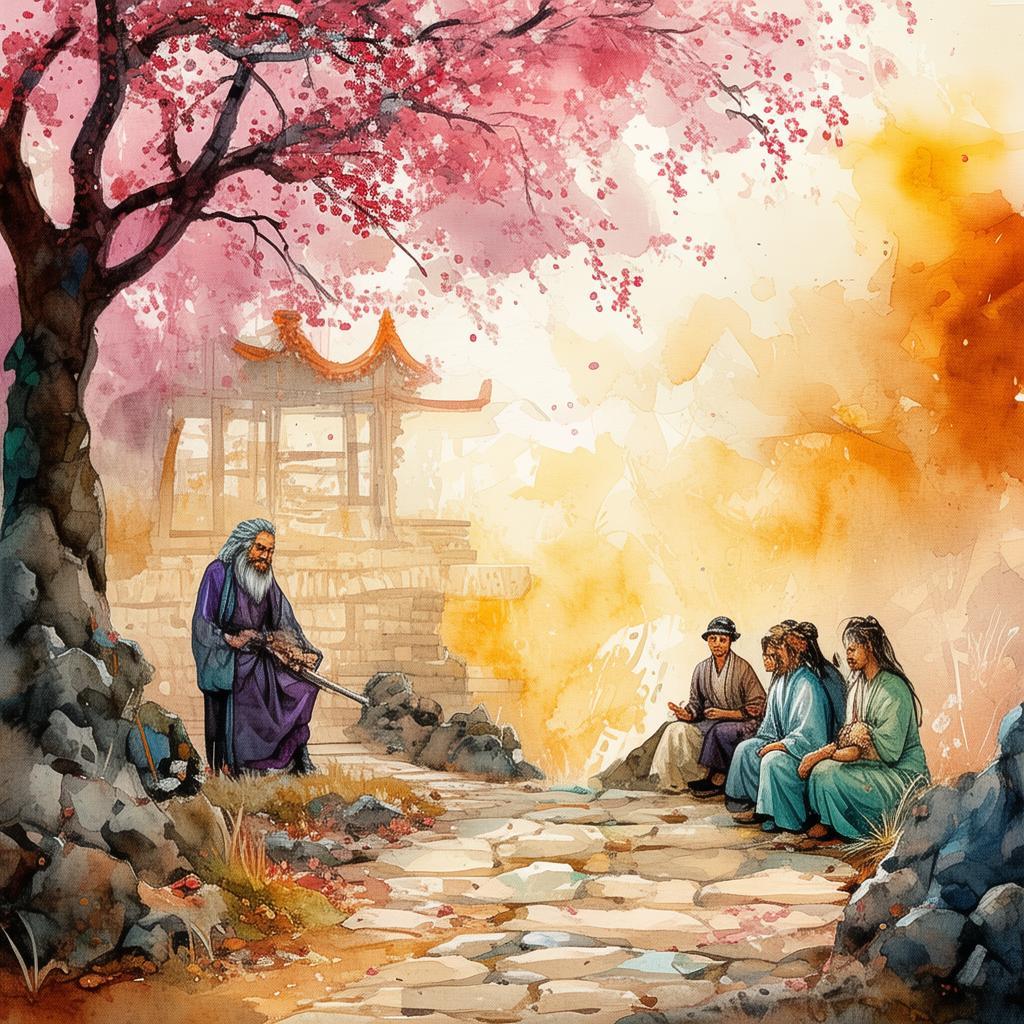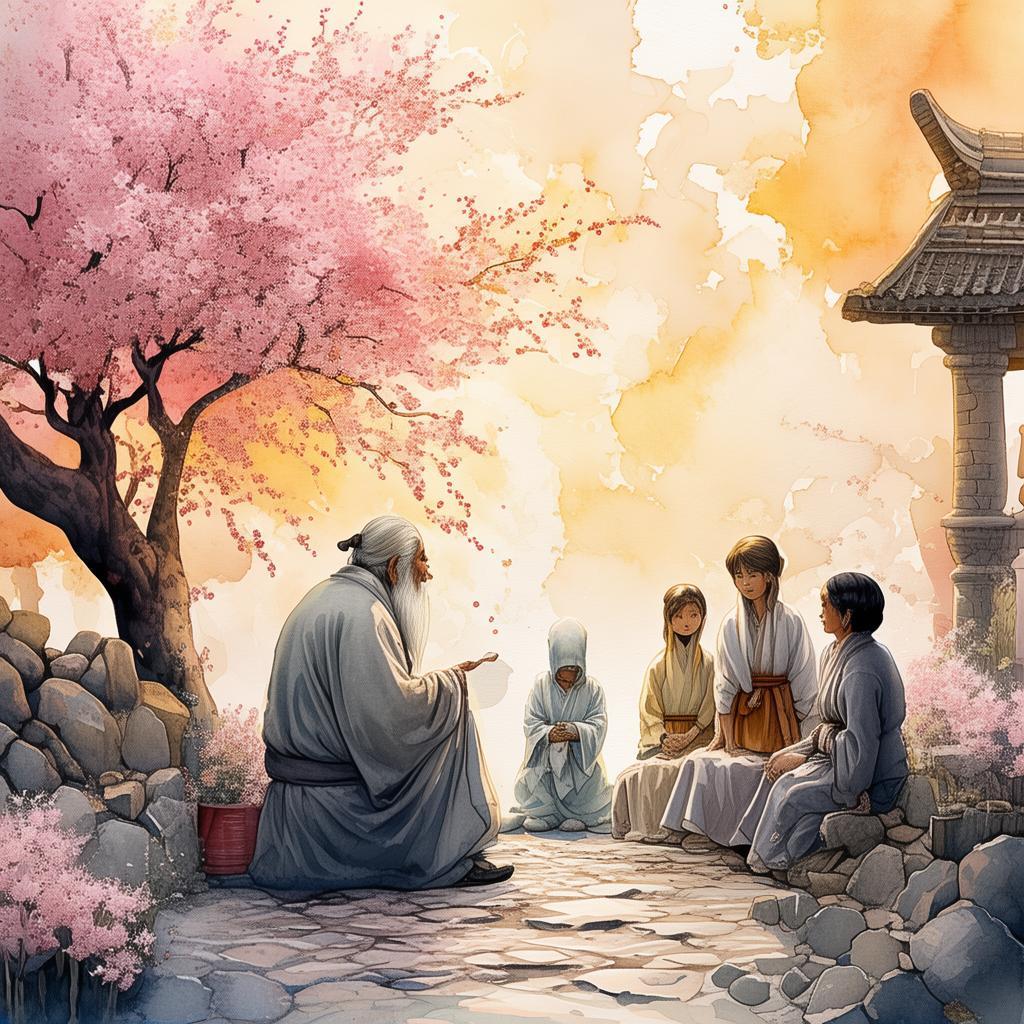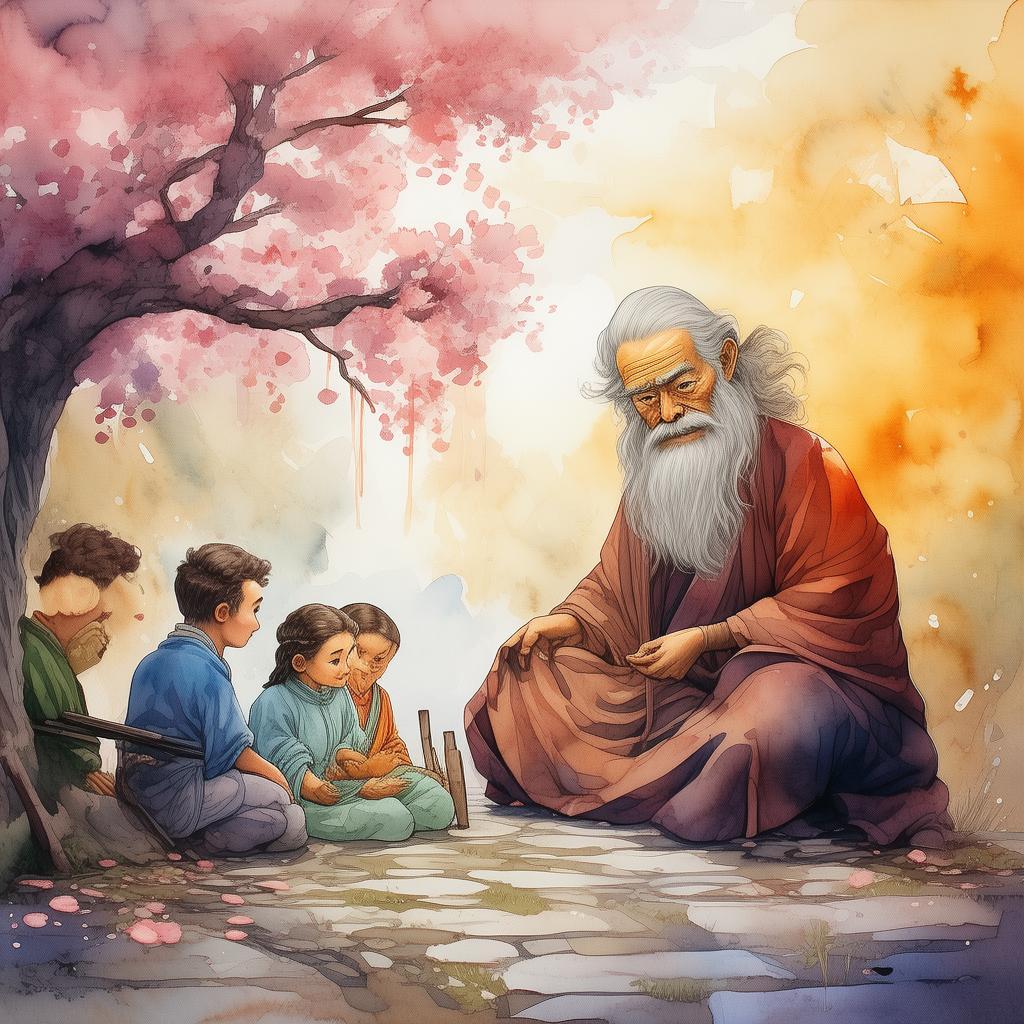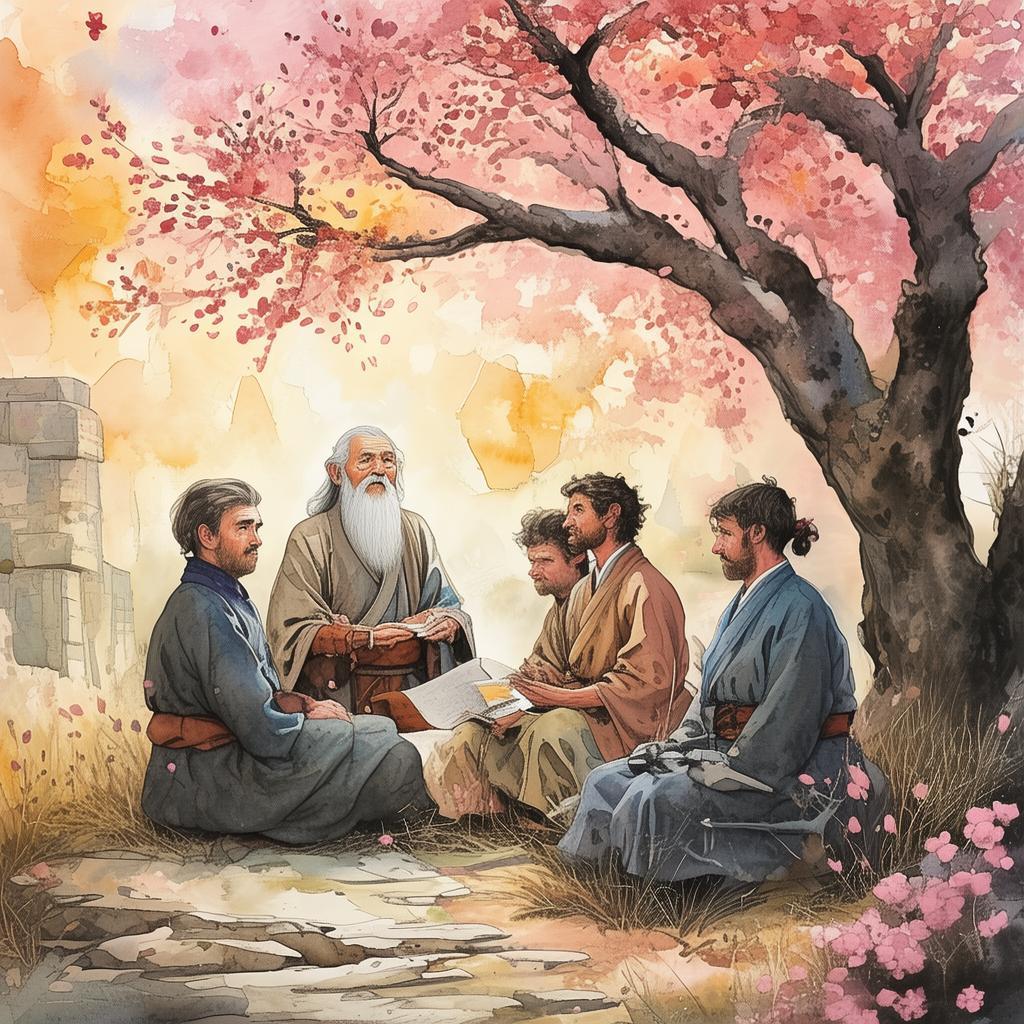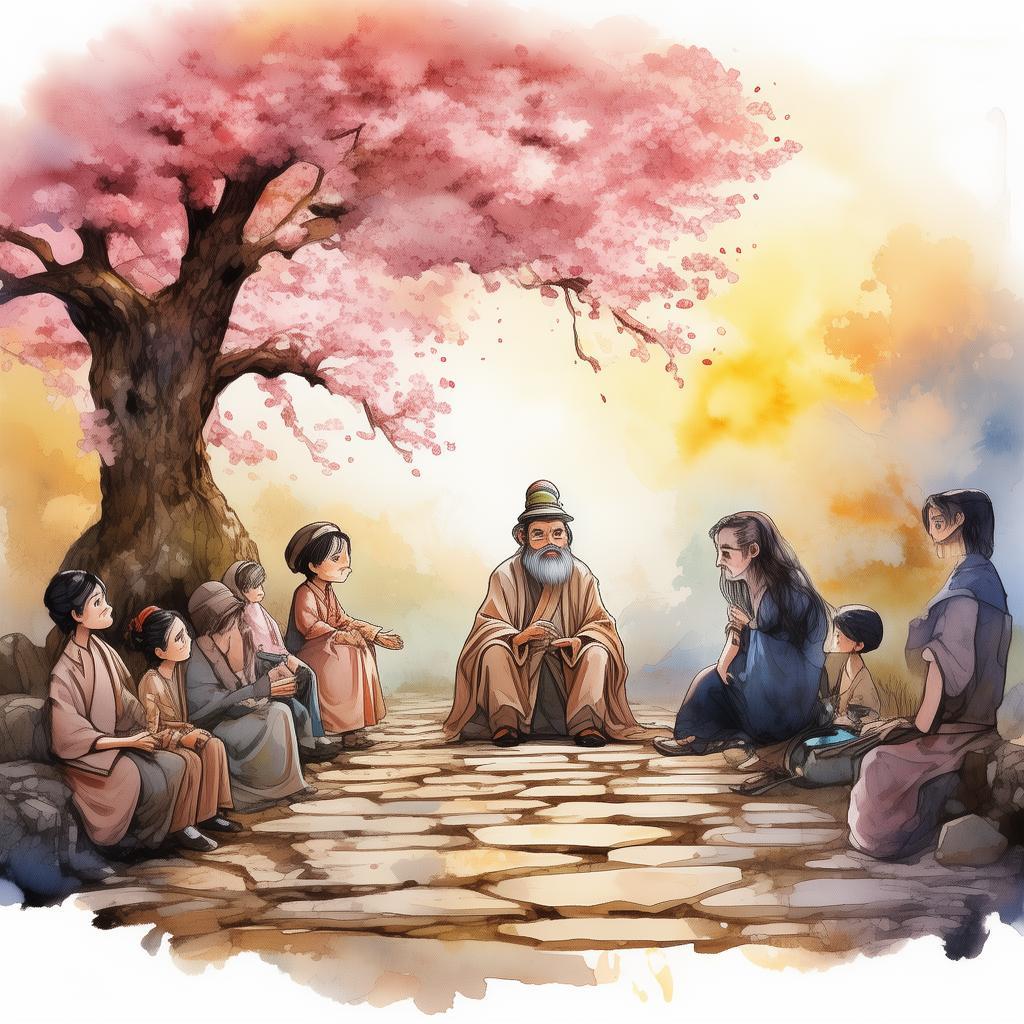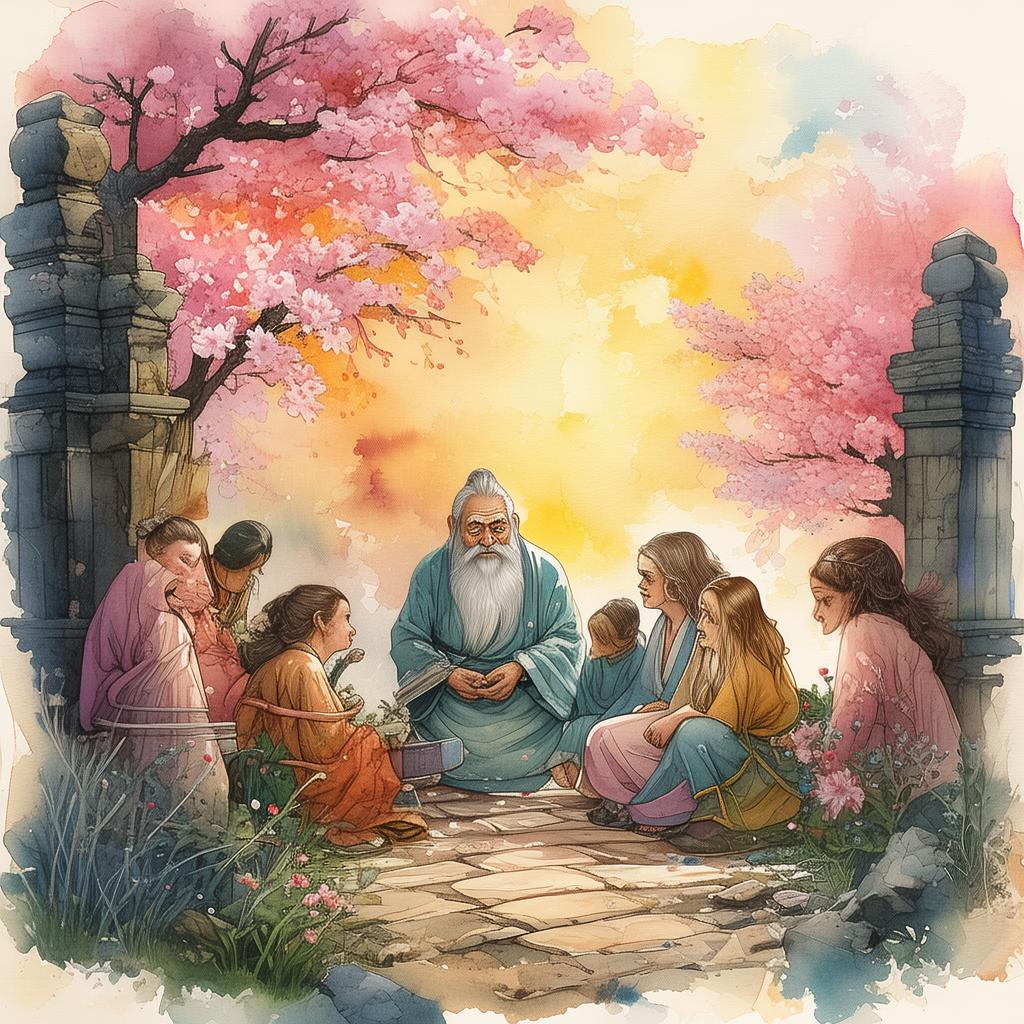The Roar of the Lion: A Harmony of Tradition and Change
In the ancient city of Kyoto, where the cherry blossoms dance gracefully in the spring, there stood a temple that was not like the others. Known as the Temple of the Rising Sun, it was a sanctuary where the lion roars were revered as sacred. For generations, the monks of this temple had been hand-painting intricate representations of the lion on their scrolls, each stroke a testament to their dedication and skill.
The lion, in this tradition, was more than a mere animal; it was a symbol of strength, a beacon of hope, and a bridge between the earthly realm and the divine. The lion's roar was said to be a call to action, a reminder of the power within each individual to forge their own destiny.
Among the monks was a young artist named Kenji. His talent was unparalleled, and his heart was as passionate as his brush. Kenji was chosen to paint the lion for the year's grand festival, an honor that came with immense pressure. The temple's elders spoke of the lion as the very essence of the temple's existence, and Kenji felt the weight of that responsibility.
As he worked, Kenji couldn't help but wonder about the lion's true nature. Why was it so revered? Why was its roar both feared and beloved? He decided to delve into the temple's ancient scrolls and books, hoping to find the answers that lay hidden within their yellowed pages.
What Kenji discovered was a tale of two lions, each representing the duality of tradition and change. The first lion, named Ningen, was a creature of the ancient past, a lion of legend whose roar could shake the mountains. The second lion, named Gekijo, was a lion of the future, a creature born from the modern world, whose roar was a whisper of hope for a new age.
The elders had spoken of a time when Ningen and Gekijo would be reborn in a single soul, a soul that would bring harmony to the world. Kenji found himself drawn to this story, feeling as though he was destined to be that soul.
As the festival approached, Kenji's painting began to take on a life of its own. The lion's eyes seemed to pierce through the canvas, and the roar that emanated from it seemed to resonate within Kenji's very soul. The community, too, felt the change. Some saw Ningen, the lion of the past, in the vivid blues and golds of Kenji's masterpiece. Others saw Gekijo, the lion of the future, in the subtle shades of green and white that subtly glowed beneath the light of the temple lanterns.
The night of the festival arrived, and the community gathered to witness the unveiling of Kenji's painting. The temple was lit with lanterns, and the air was filled with the scent of incense. As Kenji pulled back the curtain, a gasp of awe echoed through the crowd. The lion's roar, once silent, now filled the temple with a powerful force that seemed to stir the very ground beneath their feet.
Suddenly, an old monk stepped forward. His eyes twinkled with wisdom as he spoke of the balance between tradition and change, of how the lion's roar was a reminder that both were necessary for growth. The lion's roar, he said, was a call to action, a reminder to always look forward while holding onto the roots that had been passed down through generations.
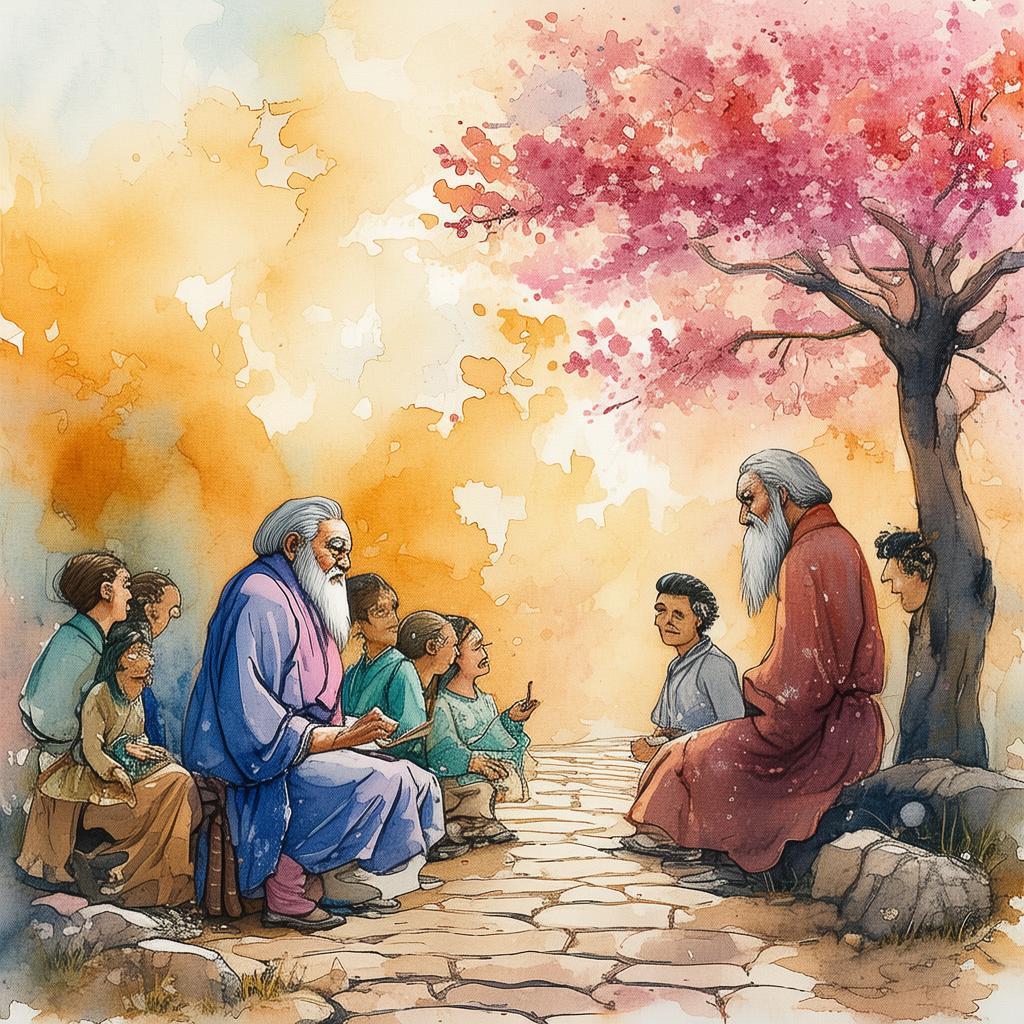
The community was struck by the monk's words, and the temple was filled with a sense of unity and purpose. They realized that Kenji's painting had not just been a celebration of the lion; it had been a celebration of their shared history and a hope for the future.
In that moment, Kenji felt a profound connection to the lion's roar, understanding that it was not just a symbol of strength, but also of unity and change. He knew that his role was not just to paint, but to inspire, to remind others that tradition and change were not enemies but partners in the grand tapestry of life.
The festival continued into the night, the lion's roar echoing through the temple, a testament to the harmony between tradition and change. Kenji stood amidst the crowd, his heart filled with a sense of accomplishment and gratitude. He had not only painted a lion, but he had painted a future.
And so, the legend of the lion's roar in the land of the rising sun continued, a reminder to all that the power to change and to preserve lies within each of us, and that the true roar of the lion is the sound of harmony.
✨ Original Statement ✨
All articles published on this website (including but not limited to text, images, videos, and other content) are original or authorized for reposting and are protected by relevant laws. Without the explicit written permission of this website, no individual or organization may copy, modify, repost, or use the content for commercial purposes.
If you need to quote or cooperate, please contact this site for authorization. We reserve the right to pursue legal responsibility for any unauthorized use.
Hereby declared.

